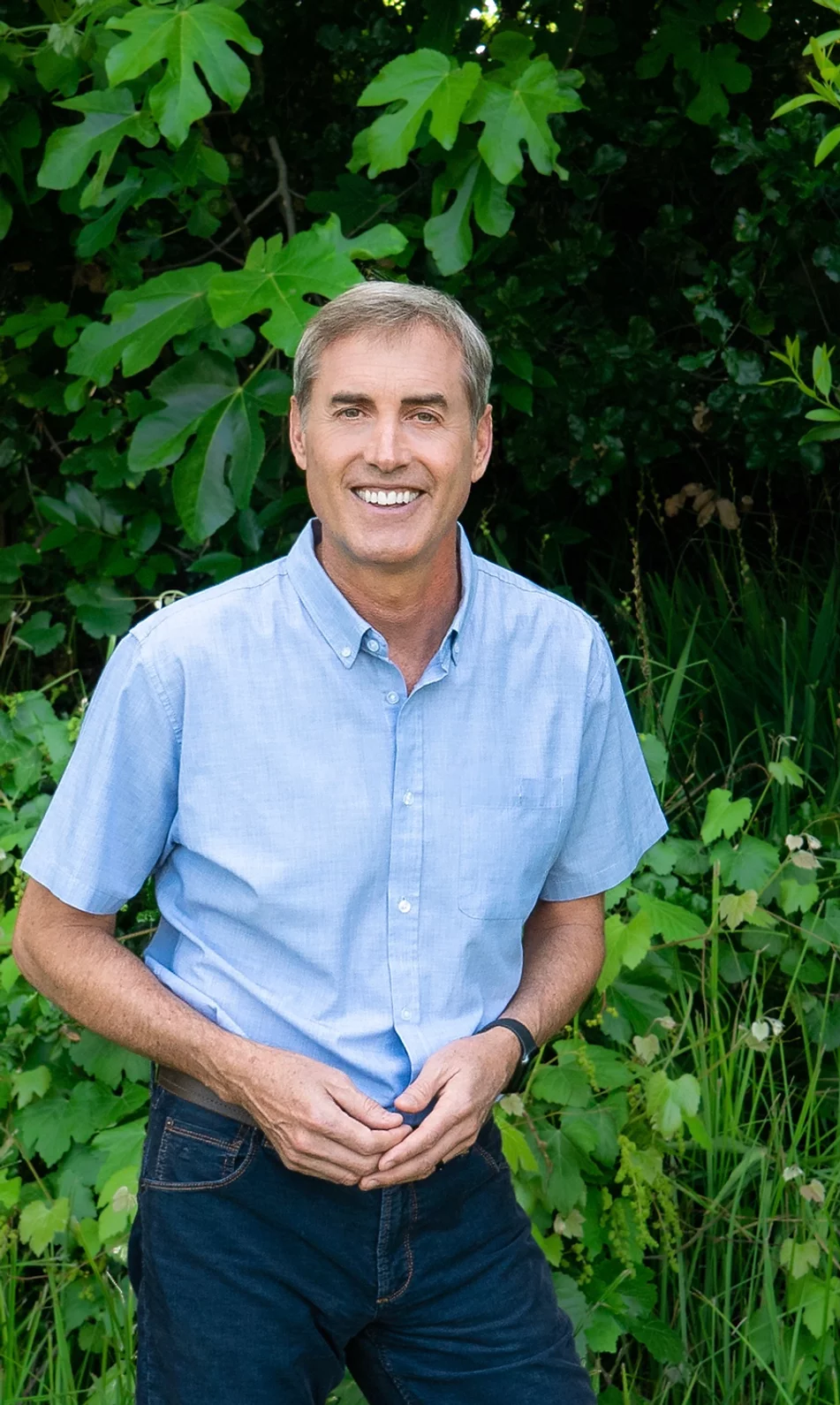
Making change tiny is the best way to create lasting change.
“The essence of Tiny Habits is to take a behavior you want, make it tiny, find where it fits naturally in your life, and nurture its growth.”
-BJ Fogg, PhD
We all have behaviors we want to change for the better. We want to eat more vegetables, be more patient with our children, go to bed earlier. Why, then, do we struggle to make lasting change?
The problem, according to Fogg, is threefold.
First, we judge ourselves far too harshly when we fail. Take losing weight, for example. We commit to ridding ourselves of a few unwanted pounds. But, then, we go to lunch with our colleagues and order a big meal. Having fallen off the wagon, we feel bad about ourselves, return to our previous eating habits, and, inevitably, repeat the cycle again and again. People don’t change by feeling bad.
Second, we mistake aspirations for behaviors. A behavior, according to Fogg, is something you can do right now or at another specific point in time. For instance, you can put your phone on airplane mode before you got to bed to get a better night’s sleep. An aspiration, by contrast, is impossible to achieve at any given moment. You cannot suddenly get better sleep.
Third, we set big, loft goals and rely on motivation to achieve them. The problem, as we’ve all experienced, is motivation is unreliable. It’s great, in the beginning, especially when researching a new behavior. But as we’ll learn below, without a trigger, or the ability to do the behavior, motivation won’t take you to where you want to go. We often assume that to get a behavior to happen, we need to focus on motivation, first. But in reality, motivation is not as important as we might think.
How, then, can we create lasting change without risking feeling bad about ourselves or replying only on motivation?
The answer, Fogg writes, is to change our habits in tiny ways. Having worked with thousands of people, Fogg has found that making change tiny is the best way to create lasting change.


